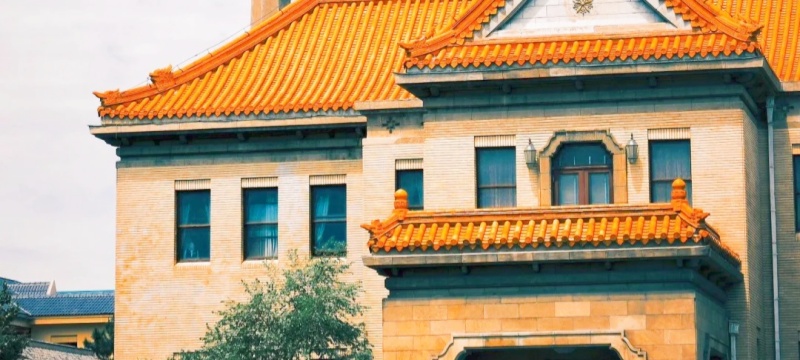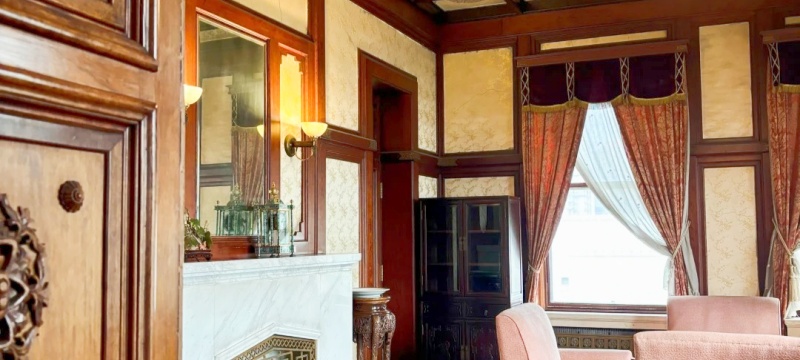





The Imperial Palace Museum of Manchukuo/Museum of the Puppet Manchukuo Imperial Palace
The Imperial Palace Museum of Manchukuo is built on the basis of the old palace site complex when Pu Yi acted as the puppet emperor of Manchukuo, which is a palace ruin-type museum and one of the three major palace ruins in China.
The Imperial Palace Museum of Manchukuo is built on the basis of the old palace site complex when Pu Yi acted as the puppet emperor of Manchukuo, which is a palace ruin-type museum and one of the three major palace ruins in China. The museum covers a total area of about 250,500 square meters, with a construction area of about 137,000 square meters, with 50 puppet Manchu court original displays, as well as a large number of cultural relics collections.
1. History
The Imperial Palace Museum of Manchukuo was the official office of the Jihei Transportation Bureau, which managed the salt affairs of Jilin and Heilongjiang provinces during the Republic of China. In 1932, Pu Yi became the "ruling government of Manchukuo" with the support of the Japanese invaders, and moved here on April 3, becoming the "ruling government of Manchukuo". In 1934, Pu Yi was proclaimed emperor, and the "ruling government" was changed to the "imperial palace", and after that, it underwent a large-scale expansion. After the collapse of the puppet Manchukuo in 1945, it underwent changes, and in 1962, the Puppet Manchurian Palace Exhibition Hall was established, and in 2001, it was officially renamed the Imperial Palace Museum of Manchukuo.
2. Attractions
Qinmin Building: One of the main buildings of the Puppet Manchurian Palace, it was originally the office building of the Jihei Yunyun Bureau, and was later rebuilt into the office building of Puyi, the middle of the building is a square patio, and the Qinmin Hall in the southeast of the second floor is the place where Puyi office, receives important guests and holds formal ceremonies.
Jixi Building: Pu Yi and his concubine Wanrong and Tan Yuling's dormitory, is a European-style two-story gray old building with a blue brick and iron roof, and the interior is equipped with Pu Yi and the concubines' living quarters, Buddhist halls, study rooms, etc.
Tongde Palace: The Japanese designed and built a temporary palace for Pu Yi and his concubines to integrate residence, government affairs and entertainment, the building shape has the "Manchurian" style, the interior decoration integrates Chinese, Japanese and Western styles, and there are facilities such as Chinese room and billiards room on the first floor.
3. Excursion routes
Tongde Hall → Qinmin Building→ Jixi Building.
4. Best time to see
All seasons. In spring, everything recovers, and the scenery in the park is pleasant; In summer, the trees are shady, and you can feel the blend of history and nature in the park; The golden leaves of autumn complement the ancient buildings and are full of poetry; The snow cover in winter has a unique charm.
5. Traffic
It is close to Changchun city, can be reached by airport bus or taxi from Changchun Longjia International Airport, and is not far from Changchun Station, the specific time and cost vary depending on the mode of transportation.
6. Tickets
70 yuan/person.
7. Tips
Luggage storage: There is a luggage storage office in the scenic area, which is convenient for tourists to store their luggage, and you can consult related matters at the tourist service center.
